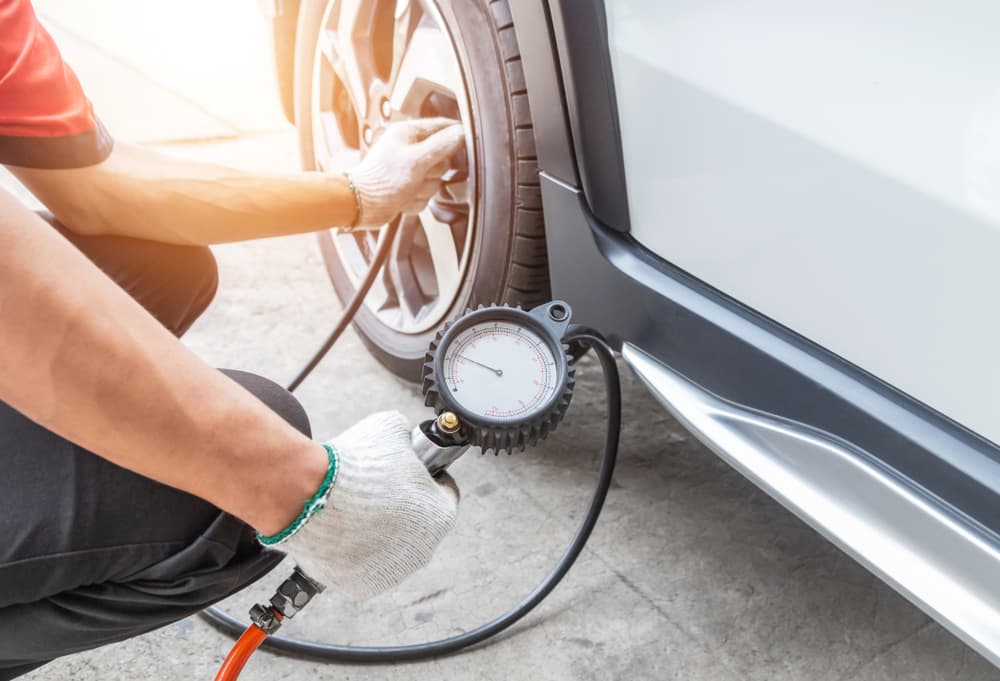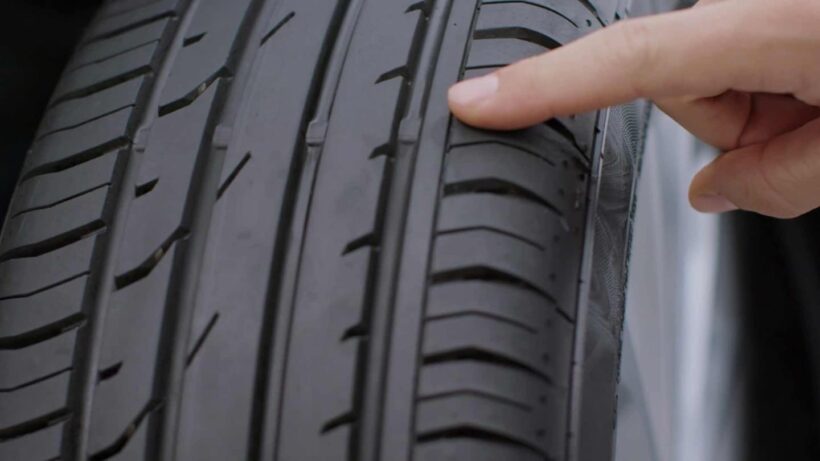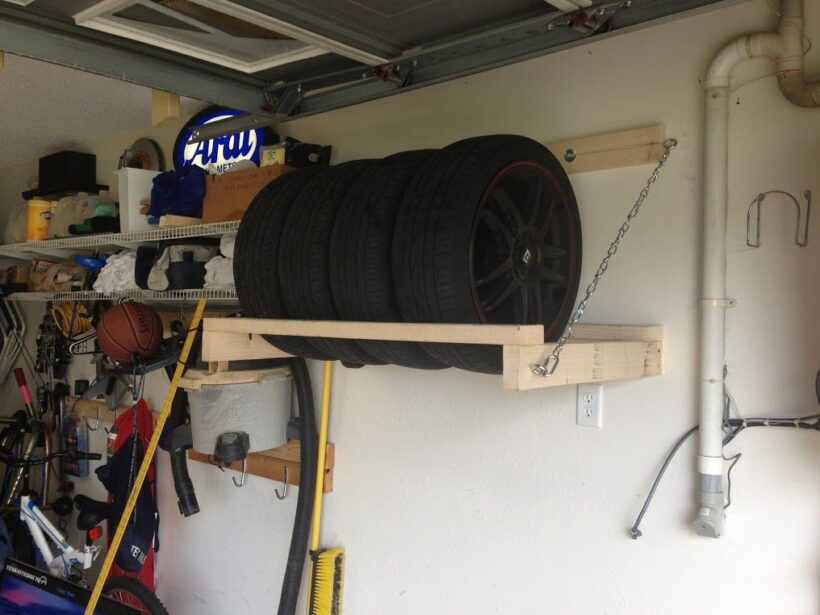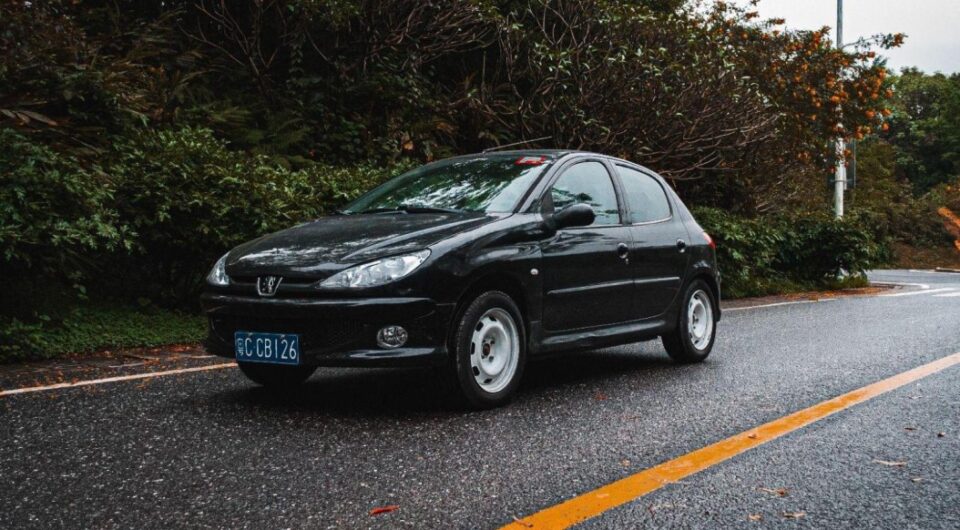Tyres play an essential part in the performance of any vehicle, providing strong braking power and vehicle stability while protecting from bumps, potholes, or other road hazards. Choosing high-quality brands like Vitora can help ensure the long useful life of this product. But it is also important to know how to best care for them to obtain the best value and ensure the safest ride.
Your tyres could prematurely wear out if they are not taken care of correctly; to protect their longevity and lifespan, follow these simple tips.
Tyre Pressure

Your car manufacturer will prescribe the ideal tyre pressure settings, and it is your responsibility to monitor and adjust them as necessary to improve ride quality, increase the lifespan of tyres and enhance fuel efficiency. Doing this will enhance comfort levels during driving as well as your vehicle’s fuel efficiency.
Underinflated tyres make it more difficult to grip the road and can lead to uneven tread wear, shortening their lifespan and leading to early failure. Therefore, for optimal performance, it is advisable to check car tyre pressure regularly or prior to long journeys to ensure optimal levels are being met.
The PSI (pounds per square inch) reading on your tyre should be done cold. Driving may heat it and cause changes to its PSI reading; as such, for best results check the pressure in the morning or after it has been parked for some time. You can visit this site: (https://www.bobvila.com/articles/how-to-use-a-tire-pressure-gauge/) for more advice on how to use a pressure gauge.
Those unsure of their vehicle’s ideal tyre pressure should consult both the placard on the driver’s door or the owner’s manual for guidance. The best option would be purchasing and using their own pressure gauge regularly for checking purposes – these gauges can often be found at service stations at an affordable price and with regular checks ensure an accurate reading.
Tyre Tread Depth

Tyre tread depth is critical in providing your car with adequate grip during wet weather, making sure that it can cling onto the road safely. Measuring its depth using a tool or procedure is easy – in Australia, the minimum legal tread depth requirement is 1.5mm which serves as a good benchmark when checking your tyres regularly. You can click here for more tips on how to measure your tread.
Deeper tread depth means more water can be dispersed from the road surface and dissipated more effectively, helping maintain grip. Worn or bald tyres will not be able to disperse water properly and lead to aquaplaning, which in turn increases stopping distances, reduces traction and handling, as well as makes driving unsafe.
Tyre Rotation
One of the easiest ways to prolong the life of your tyres is also one of the most commonly overlooked. Rotating your car tyres might seem like a thankless task, but regular rotation is an integral component of proper care. Rotation helps maintain even tread wear, extend the lifespan, and boost performance while simultaneously quieting noise vibrations and saving money by postponing premature replacement needs.
Tyre rotation refers to the act of swapping out tyres between positions on your car, such as front-to-rear or left-to-right. This helps counteract uneven wear caused by driving habits or the types of roads you drive on.
Your car’s front tyres tend to wear down more rapidly due to carrying more weight and helping steer it, leading to unequal wear patterns that compromise its handling and safety.
Even wear on all four tyres improves traction and handling, making it easier to stop or accelerate on curves or in wet weather conditions. Furthermore, this reduces stress on your car’s drive system, prolonging its life while simultaneously decreasing fuel consumption.
The recommended tyre rotation interval depends on your vehicle manufacturer but is generally recommended every six months or 10,000 km. You can find information on how often tyres should be rotated in your vehicle’s owner’s manual or by speaking to an expert at your local retailer.
Tyre Storage

Treadwear can degrade over time when they are stored, making them unsafe and unusable for driving. Proper storage practices can help slow the degradation process.
When it comes to storing your tyres, the optimal location would be either in a garage or a climate-controlled shed. Direct sunlight should also be avoided to help slow their degradation, and sources of heat such as heaters and air conditioning units should be kept away.
If storing your tyres in a garage or shed, ensure they do not come into contact with each other and the rims. This will protect them from being damaged during the rotation processes. Furthermore, ensure they are stored in an environment free from grease, petrol, solvents, and hydrocarbons as these chemicals may damage rubber compounds.
If your tyres cannot fit inside a garage or shed, consider bagging them before storage. Simply use a large plastic bag large enough for all four tyres and ensure it is airtight; use a vacuum cleaner to extract as much air from it before taping closed the bag. This will further preserve the evaporation of natural oils in your tyres and extend their lifespan.
You could also purchase special storage caddies or totes specifically designed to hold them safely and securely. This may be appealing if you like to keep your storage spaces neat and organized.
These simple steps can help keep your Vitora tyres in good working order for a long time.

